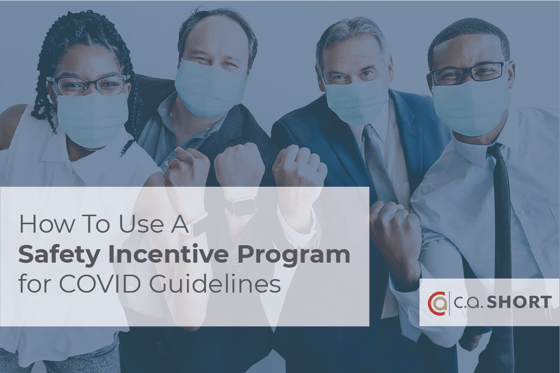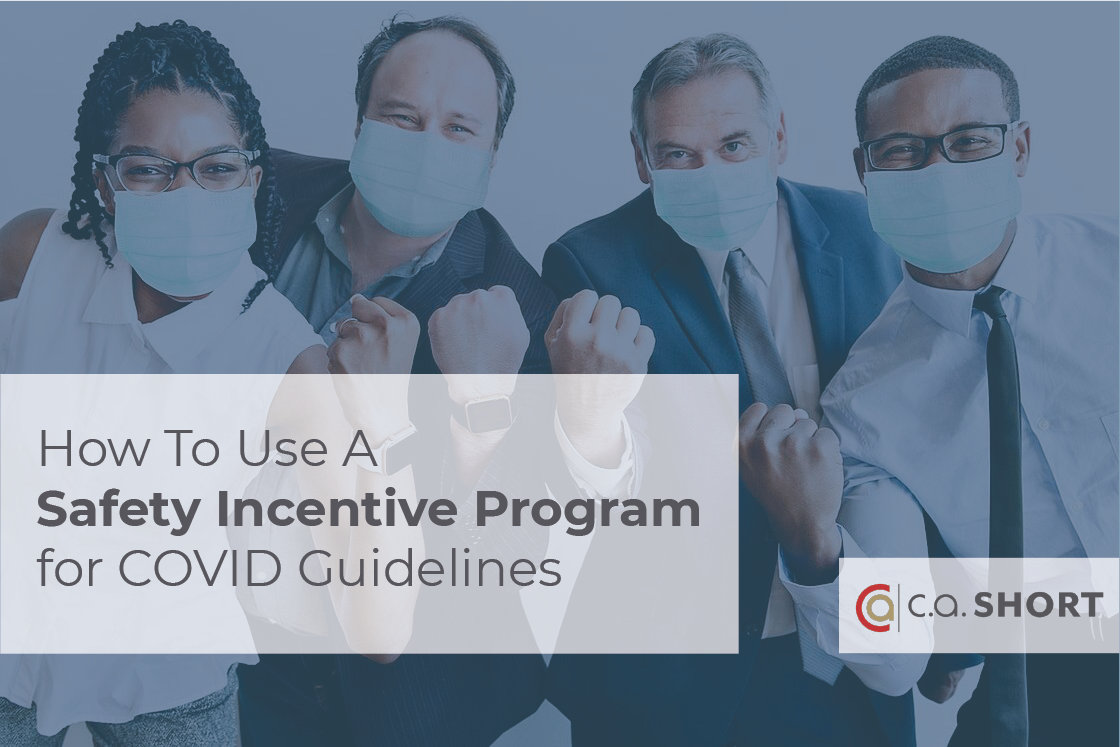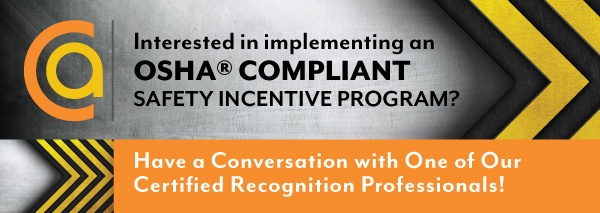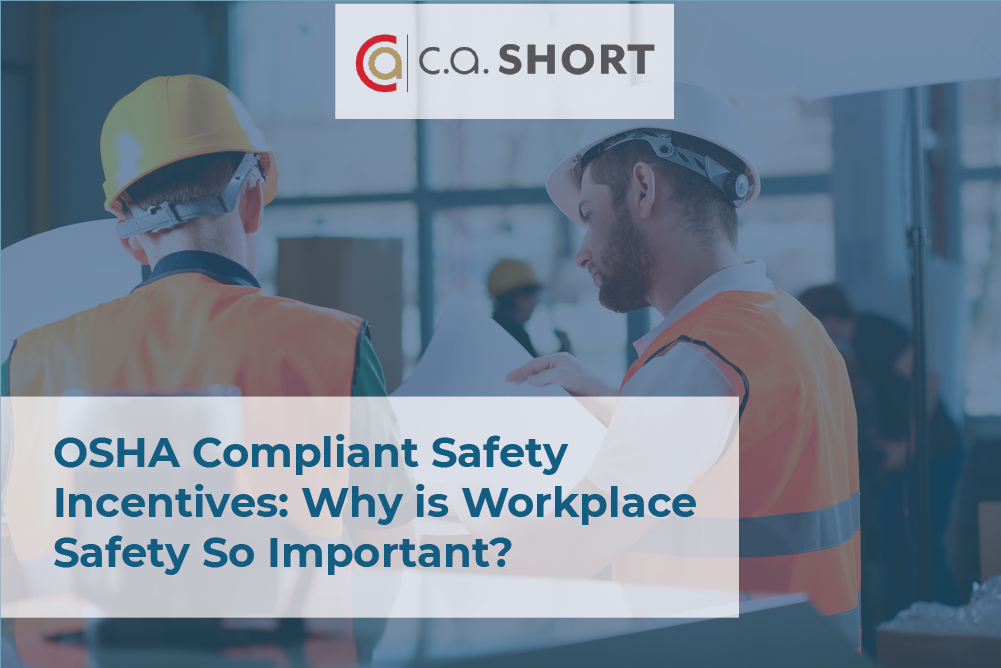
Over the past few months, many businesses have been faced with difficult decisions regarding employee health and safety. While some businesses and industries are able to go completely remote, that is a luxury many businesses do not have. During COVID-19, the safety of our employees and ourselves is our first priority. Today we will be discussing how your safety incentive program can also be used to help promote a safe work environment and assist with adapting your workplace to new OSHA and CDC workplace safety guidelines.
Develop an Infectious Disease Plan and Provide Extensive Resources
Before you can start rewarding your employees for safe behavior, you must plan effectively for COVID-19 and other infectious diseases. This is essential for reducing the impact of COVID-19 outbreak conditions on businesses, workers, customers, and the public.
If your business has already planned for influenza pandemics, planning for COVID-19 may involve updating these plans to address the specific exposure risks, sources of exposure, routes of transmission, and other unique characteristics of SARS-CoV-2.
Without aggressive planning and extensive resources, your business could face failures when trying to address the challenges of COVID-19. This includes unprepared workers who are not adequately trained for jobs they may have to perform under pandemic conditions.
For additional resources on developing your COVID-19 response, the CDC also offers health and safety tips for specific industries and occupations, with recommendations for work related tasks.
OSHA COVID-19 Safe Work Practices
The end goal of a safety incentives program is to reduce accidents and injuries. By implementing safe work practices and rewarding employees for implementing these behaviors, you can create an effective safety incentive program, based on COVID-19 guidelines.
Safe work practices include procedures and administrative controls that are used for safe and proper work in order to reduce the duration, frequency, or intensity of exposure to a hazard.
Examples of safe work practices for COVID-19 include:
- Providing resources and a work environment that promotes personal hygiene. For example, providing tissues, no-touch trash cans, hand soap, alcohol-based hand rubs containing at least 60 percent alcohol, disinfectants, and disposable towels for workers to clean their work surfaces.
- Requiring regular hand washing or using of alcohol-based hand rubs. Workers should always wash hands when they are visibly soiled and after removing any PPE.
- Posting handwashing signs in restrooms.
Encourage Personal Protective Equipment (PPE)
While correctly using PPE can help prevent some exposures, it should not take the place of other prevention strategies. PPE combined with administrative controls and safe work practices, can help minimize exposure and ensure workplace safety.
Examples of PPE include gloves, goggles, face shields, face masks, and respiratory protection, when appropriate. In order to be utilized correctly, PPE must be selected based on the hazard to the worker, as well as properly fitted. Evaluating risk assessments for workers can help you determine which types of PPE are recommended for specific job tasks.
When reinforcing PPE as a safety incentive behavior it’s important to recognize the following for employees and team members.
- PPE is consistently and properly worn when required.
- PPE is regularly inspected, maintained, and replaced, as necessary.
- PPE is properly removed, cleaned, and stored or disposed of, as applicable, to avoid contamination of self, others, or the environment. Employers are obligated to provide their workers with PPE needed to keep them safe while performing their jobs.
Why Safety Incentive Programs Are Important During COVID-19
By encouraging safe behaviors and rewarding employees appropriately, you can reduce COVID-19 infections, in-turn reducing health costs A recent study estimates that COVID-19 hospital admission costs for large-employer plans would range from a median of approximately $12,500 for short admissions not requiring ventilator support to a median of approximately $88,000 for admissions of longer than four days requiring ventilator support.
Not only do safety incentive programs help to reduce healthcare costs, but every infection avoided can avoid a loss in productivity and impacts on employee morale. By providing resources and encouraging communication, you can convey your commitment to employee safety and enact positive change in safety habits.
C.A. Short Company has over 75 years of experience helping companies improve employee engagement and developing rewarding and effective incentive programs. Contact us today to learn how we can improve your current safety program with a focus on COVID-19 guidance.
These guidelines and resources were gathered from the OSHA report, Guidance on Preparing Workplaces for COVID-19. Click here to view the full report for more information on OSHA COVID-19 workplace safety recommendations.






.jpg)



SHARE